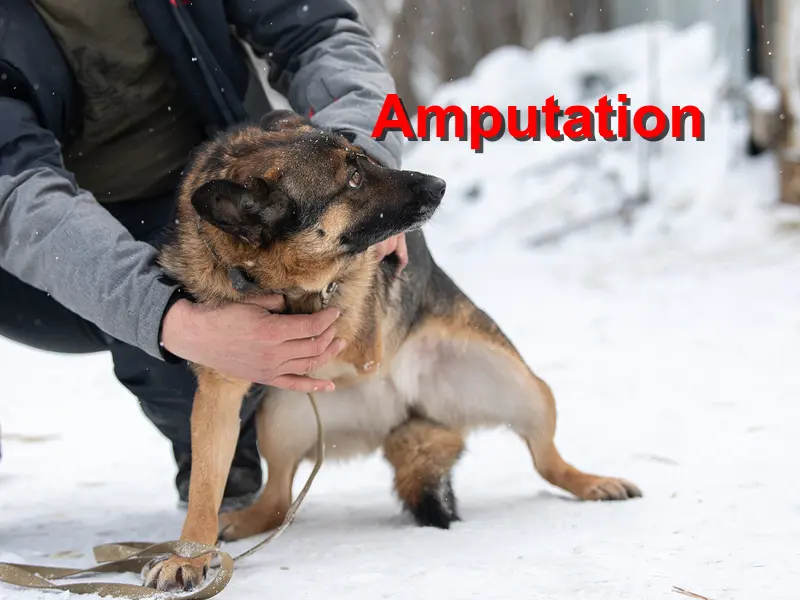Pet Amputation: What to Consider
For most pet owners, the idea of their pet getting their limb amputated can be sad or scary. Nonetheless, when pets have certain conditions like bone cancer, amputating a limb can be beneficial in the long run. More importantly, amputation can help enhance your pet’s overall quality of life.
Common reasons for amputation
One common reason that leads to amputation include cancer of the limbs or severe trauma that affects the limbs to the extent that treatment is not a viable option. However, in other cases, amputation is not necessary but most clients find that treatment is too expensive. Other common reasons for leg amputation might be severe infection or nerve damage of the limbs that cannot be treated by antibiotics.
Regardless of the reason for amputation, this medical procedure will require anesthesia and ample recovery time. But the recovery or healing time will depend on what caused the amputation. For example, if the pet was in pain due to the trauma or cancer, then it might be more comfortable after amputation.
Use of prosthetic legs
But if your furry friend was still using the affected leg, it may require more time to develop the needed strength on its other legs. Almost all pets will immediately start walking after the anesthesia wears off. In other cases, if only a part of the leg has to be amputated, then doctors can install a prosthetic leg. While most pets can easily walk using the prosthetic limb within minutes, there is usually a ‘’break-in’’ phase whereby the pet has to gradually get used to the prosthetic by wearing it on a regular basis.
Cats and dogs are adaptable
Fortunately, most cats and dogs are very adaptable. In fact, most pets can easily do their normal routines with only three limbs, while others can do extremely well with only two limbs. When your vet recommends that your pet gets limb amputation, it’s might be caused by a painful situation or condition where the vet cannot remove the tumor surgically. Nonetheless, the decision to amputate your pet’s limb in never made lightly. Limb amputation is the only sure way to increase your pet’s quality of life.
Conclusion
If you have reservations about limb amputation, you should consult your vet to find out whether alternative treatment options are available.
References: Modern Dog Magazine, Go Pet Plan, Pet Health Network




